Silent Symphonies: The Untold Stories of Classical Music’s Unsung Icons

Classical music history is adorned with the brilliance of celebrated composers whose works have left an indelible mark on the world. From the soaring symphonies of Beethoven to the intricate operas of Mozart, their names resonate through time. Yet, amidst the grandeur of these giants, there exist unsung heroes—composers who, despite their extraordinary contributions, have remained in the shadows of history. In this exploration, we cast light on some of these remarkable figures who have enriched the classical music tapestry with their talents and innovations.
Fanny Mendelssohn: The Hidden Voice of Romanticism
In the heart of the Romantic era, a time of intense musical expression and emotional depth, one name stands out for its unwavering passion and creativity: Fanny Mendelssohn. Born in 1805, Fanny was the older sister of the renowned composer Felix Mendelssohn. Her musical gifts were evident from a young age, but societal norms of the time dictated that her role should be confined to the private sphere.
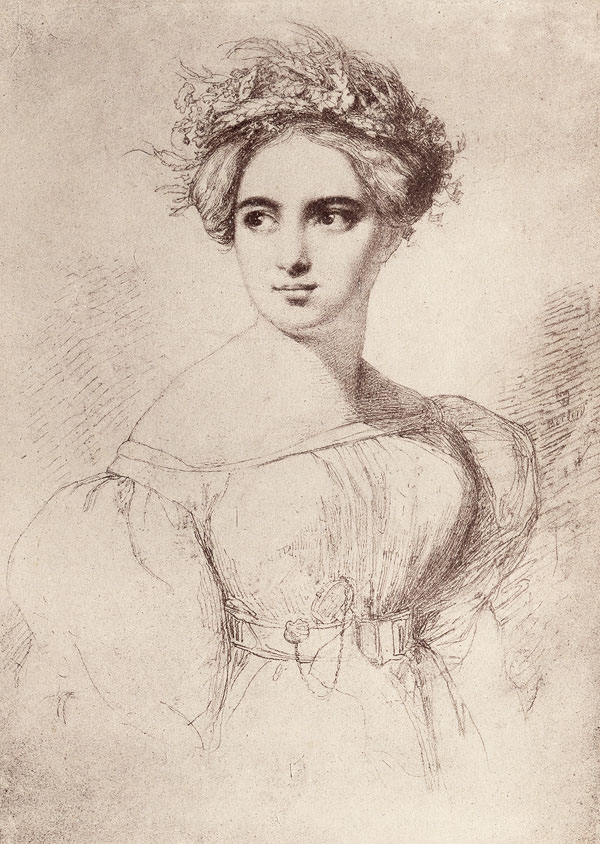
Fanny Mendelssohn’s compositions exude a profound sensitivity and sophistication that rival those of her contemporaries. Her piano works, lieder, and chamber music pieces reveal a unique voice characterized by expressive melodies and harmonic ingenuity. One of her most famous compositions, “Das Jahr” (The Year), is a cycle of character pieces that eloquently captures the changing seasons and emotions of each month.
Despite her remarkable talent, Fanny faced the challenges of her era’s gender norms, which restricted her opportunities for public recognition. While her brother Felix thrived as a composer and conductor, Fanny’s compositions often remained hidden within the intimate confines of her family’s gatherings. It wasn’t until later years that her works began to receive the attention they deserved.
Fanny Mendelssohn’s legacy serves as a testament to the resilience of creative spirits in the face of societal limitations. Her compositions, now acknowledged for their brilliance, continue to inspire musicians and audiences alike, reminding us of the depth of talent that transcends time and circumstance.
Florence Price: Pioneering the Path Forward
As the 20th century dawned, a different kind of challenge emerged within the classical music landscape—the struggle for recognition and acceptance by marginalized communities. Florence Price, an African American composer born in 1887, confronted these challenges head-on, becoming a trailblazer in a field largely dominated by white composers.
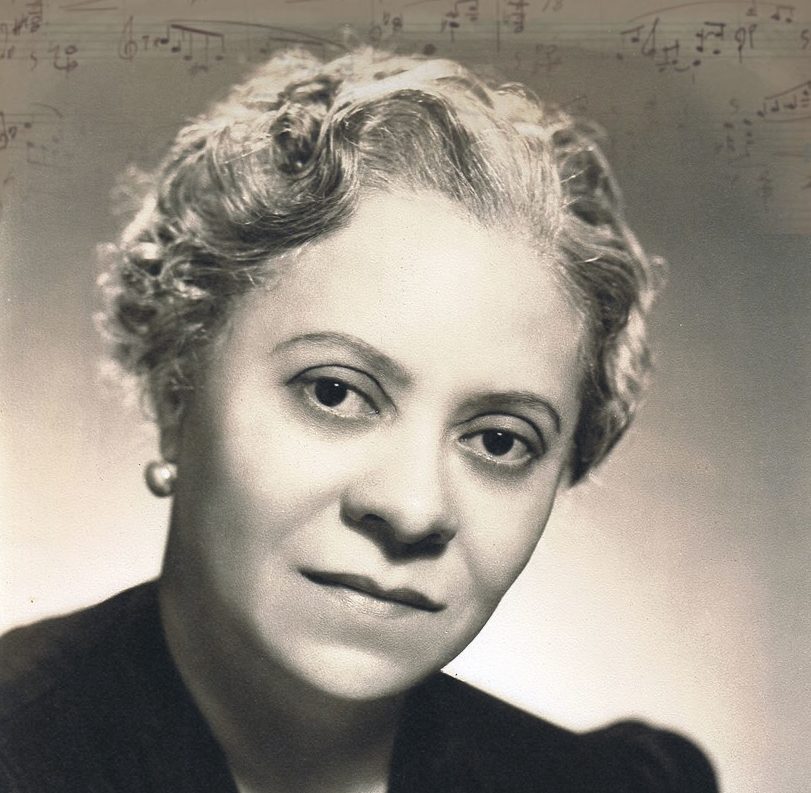
Price’s compositions are a fusion of traditional Western classical forms and African American spiritual and folk influences. Her Symphony No. 1 in E minor marked a historic achievement, becoming the first symphony by an African American woman to be performed by a major orchestra. This groundbreaking feat was realized in 1933 when the Chicago Symphony Orchestra premiered the work.
Despite the accolades she received, Florence Price’s works gradually slipped into obscurity as the years passed. It was only through the efforts of later generations of scholars and musicians that her compositions resurfaced. In recent times, her music has experienced a revival, sparking renewed interest in her unique contributions to the classical canon.
Fanny Mendelssohn and Florence Price, separated by time and circumstance, share a common thread—their music’s ability to transcend barriers and touch the hearts of those who encounter it. In their compositions, we find a richness of emotion, a depth of thought, and an enduring reminder that the world of classical music is far more diverse and inclusive than history often portrays.
Virtuosos Beyond the Spotlight
In the realm of classical music, virtuoso performers hold a unique place—they are the ones who bring the composer’s vision to life, adding their own flair and interpretations to the music. While some virtuosos become household names, there are those who, despite their exceptional talents, remain in the shadows of more famous counterparts.
Clara Schumann: Pianist and Composer Extraordinaire
The 19th century witnessed the rise of the Romantic period, marked by passionate expression and individualism. Amidst this backdrop, Clara Schumann emerged as a musical force to be reckoned with. A virtuoso pianist and composer, Clara’s influence extended far beyond her extraordinary keyboard skills.
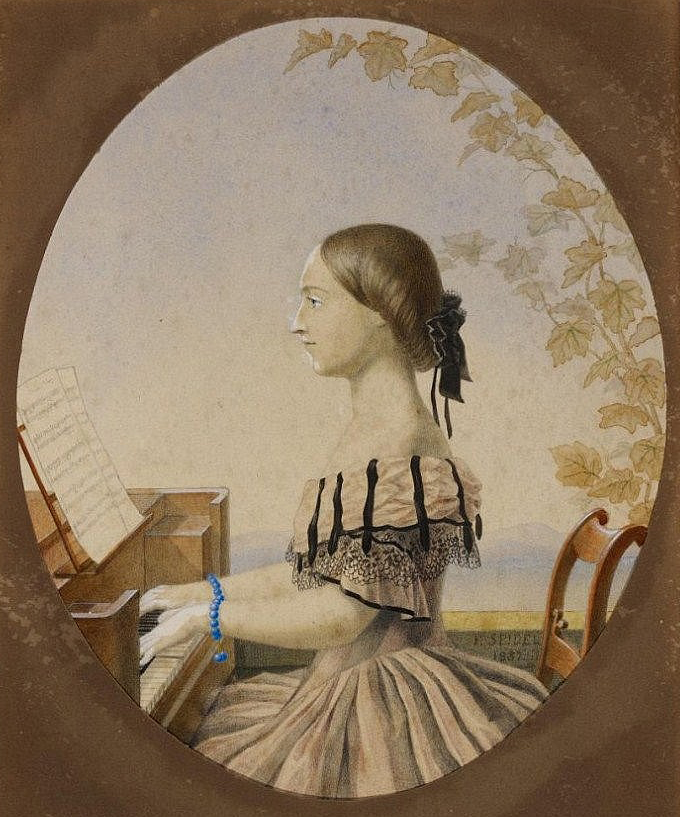
Born in 1819, Clara Schumann demonstrated exceptional talent at an early age under the guidance of her father, Friedrich Wieck. Her performances were celebrated not only for their technical brilliance but also for the depth of emotion she conveyed. Clara’s interpretations of works by her husband, Robert Schumann, and other composers of the time were characterized by a deep connection to the music’s emotional core.
Clara Schumann’s compositions reflect her profound musical insights. Her compositions encompass a wide range of forms, including piano music, chamber music, and lieder. Her artistry and compositions were respected by her contemporaries, yet her fame was often eclipsed by that of her husband.
While Clara Schumann faced the challenges of balancing her roles as a performer, composer, and mother, her contributions to the world of classical music are undeniable. Her legacy endures as a testament to her ability to transcend societal norms and leave an enduring mark on both the stage and the page.
Joseph Bologne, Chevalier de Saint-Georges: A Virtuoso of Many Talents
In the 18th century, the Chevalier de Saint-Georges stood as a beacon of talent and resilience. Born in 1745 to a French plantation owner and an African slave, Joseph Bologne defied the racial prejudices of his time to become a polymath of extraordinary accomplishments.
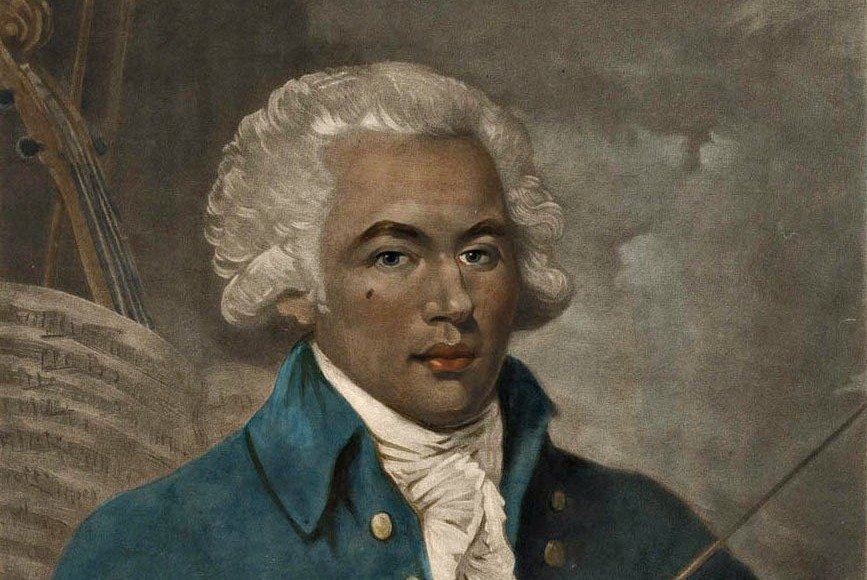
Saint-Georges was not only a virtuoso violinist but also a composer, conductor, and champion fencer. His skill with the violin was admired by contemporaries such as Mozart, and he often performed to great acclaim in Parisian salons. His compositions, spanning symphonies, chamber music, and operas, showcased a unique blend of classical forms and Caribbean influences.
Despite his remarkable achievements, the Chevalier de Saint-Georges faced racial discrimination that often limited the extent of his recognition. His legacy, however, continues to resonate. His contributions to the world of classical music stand as a testament to the power of talent and determination in overcoming adversity.
Clara Schumann and Joseph Bologne, Chevalier de Saint-Georges—two virtuosos from different eras, each with their own triumphs and challenges—underscore the profound impact that exceptional performers can have on the classical music landscape. Their stories remind us that talent knows no boundaries and that the echoes of their artistry continue to inspire generations.
Conductors and Arrangers
As the conduits between composers and audiences, conductors and arrangers hold a pivotal role in the world of classical music. While the spotlight often shines on the orchestras and performers they lead, the contributions of these unsung heroes are indispensable in shaping interpretations and breathing life into compositions.
Antonia Brico: Pioneering the Podium
In an era when female conductors were a rarity, Antonia Brico emerged as a trailblazer. Born in 1902, Brico’s passion for conducting led her to study under legendary composer and conductor Willem Mengelberg. Despite facing skepticism and prejudice due to her gender, Brico’s determination led her to become the first woman to conduct the New York Philharmonic Orchestra in 1938.
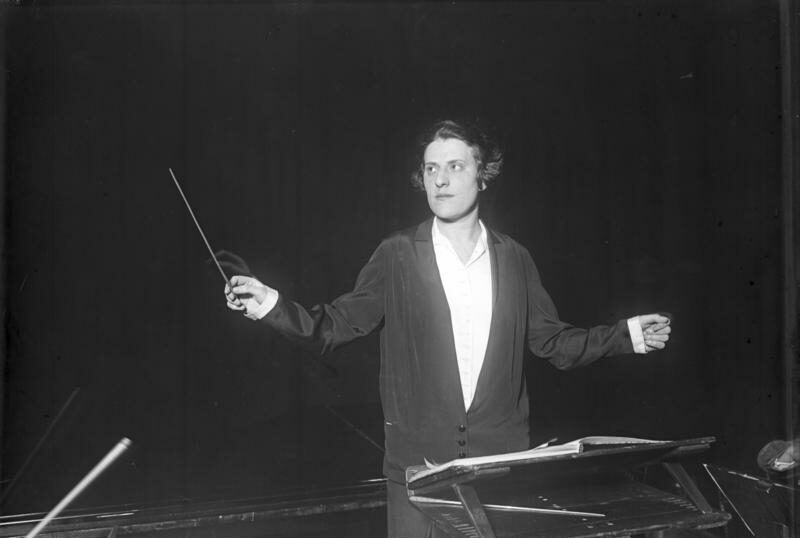
Brico’s interpretation of the music was lauded for its sensitivity and depth. Her performances displayed a profound understanding of the nuances within compositions, earning her respect among both musicians and audiences. Throughout her career, Brico championed the works of contemporary composers, further establishing her as a conductor with an ear for innovation.
While her achievements opened doors for future generations of female conductors, Brico’s accomplishments have often been overshadowed by her male counterparts. Her legacy serves as a testament to the power of breaking barriers and the enduring influence of those who dare to challenge the status quo.
Ettore Panizza: Collaborator and Visionary
Behind every great conductor is often a team of talented arrangers who help shape the presentation of classical works. Ettore Panizza, an Italian conductor and arranger, exemplified the importance of collaboration in the world of classical music. Panizza’s collaborations with renowned conductor Arturo Toscanini spanned decades, and his skillful arrangements contributed significantly to the success of Toscanini’s performances.

Panizza’s keen understanding of orchestration and musical interpretation allowed him to work closely with Toscanini to bring out the essence of compositions. His arrangements emphasized clarity, dynamics, and a meticulous attention to detail, resulting in performances that resonated deeply with audiences.
While conductors often stand at the forefront, arrangers like Ettore Panizza play an equally crucial role in shaping the sonic landscape of performances. Their contributions are a reminder that classical music is a collaborative art, where unsung heroes work behind the scenes to create transformative experiences for audiences.
Antonia Brico and Ettore Panizza, though differing in their roles, shared a passion for the art of interpretation. Their stories underscore the importance of individuals who tirelessly refine and shape the way classical music is presented, leaving an enduring mark on the music world.
Advocates for Music Education and Outreach
The world of classical music extends far beyond the concert halls and stages. It is a world of learning, appreciation, and enrichment, made possible by the dedication of individuals who tirelessly advocate for music education and outreach.
José Antonio Abreu: Orchestrating Change through Education
In the bustling streets of Venezuela, a visionary named José Antonio Abreu planted the seeds of a musical revolution that would come to be known as El Sistema. Founded in 1975, El Sistema aimed to provide free music education to children from underserved communities, fostering not only musical talent but also discipline, teamwork, and a sense of belonging.
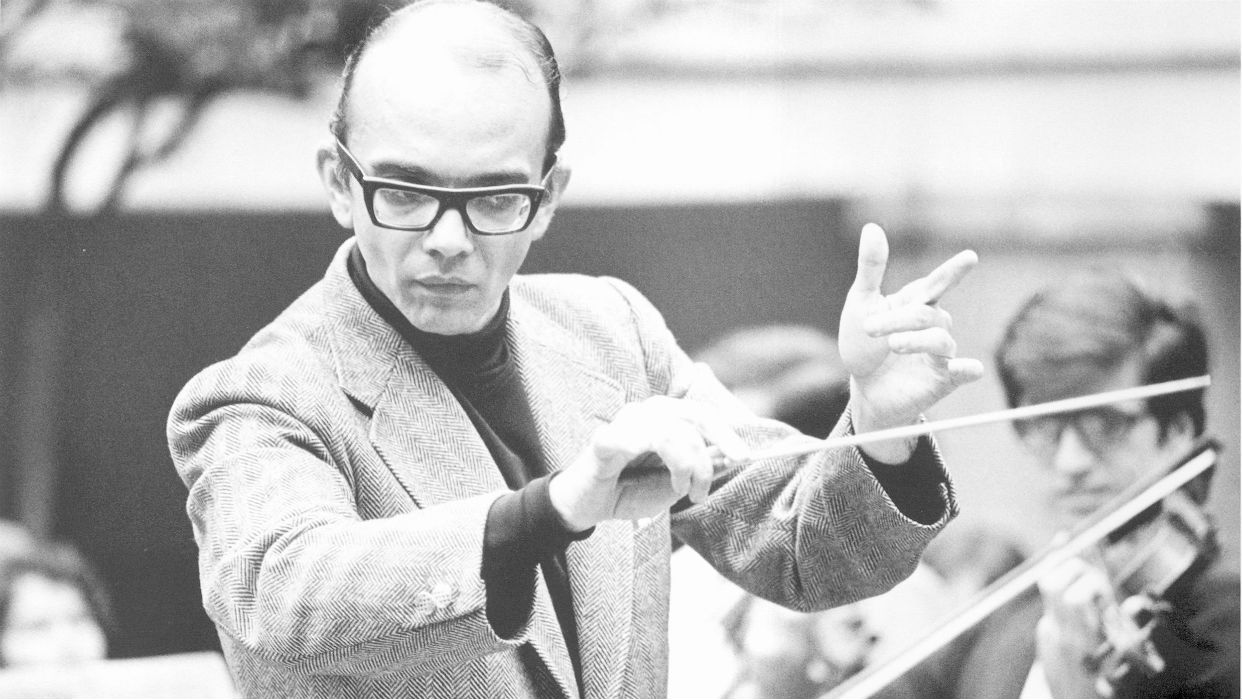
Abreu’s belief in the transformative power of music led to the creation of orchestras and choirs in neighborhoods where such opportunities were previously unimaginable. Through his tireless efforts, thousands of children were provided with instruments, lessons, and the chance to develop their artistic potential. The impact was profound, and the model was replicated in many countries around the world.
While Abreu’s accomplishments garnered international recognition, his focus remained steadfast on the young musicians he nurtured. His legacy endures in the lives of those who have found hope, purpose, and a sense of achievement through the power of music.
Marion Anderson: Voice of Resilience and Change
Music has the power to transcend social and political barriers, and few individuals exemplify this truth as remarkably as Marion Anderson. Born in 1897, Anderson was an African American contralto whose exceptional voice defied prejudice and discrimination. Her journey to becoming an internationally acclaimed artist was marked by a determination to break racial barriers in a segregated America.
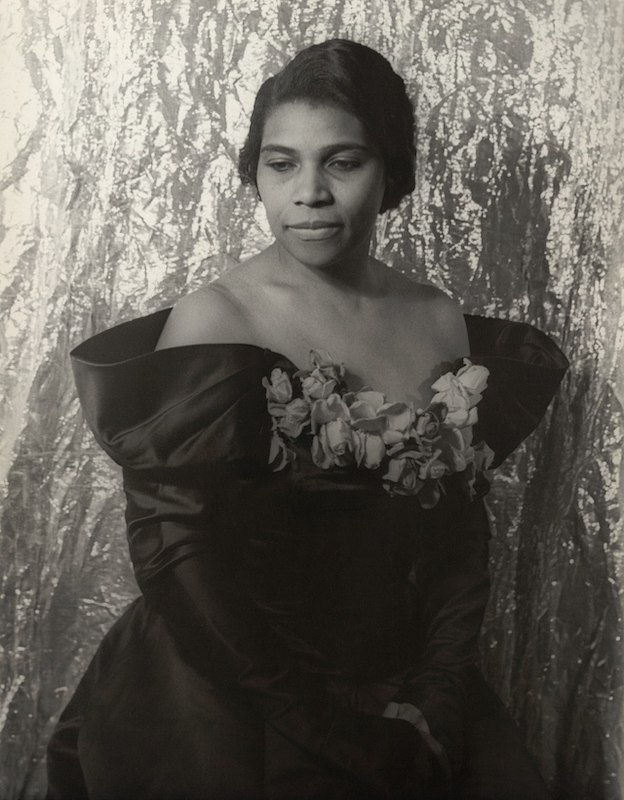
In 1939, Anderson’s iconic performance on the steps of the Lincoln Memorial—after being denied the opportunity to sing at Constitution Hall due to her race—captivated the world and became a symbol of the struggle for civil rights. Her voice, filled with emotion and strength, carried a message of resilience and equality that resonated far beyond the realm of music.
Throughout her career, Anderson used her platform to advocate for change. Her legacy extends beyond her remarkable vocal talents, encompassing her role as a trailblazer who used music to challenge social norms and inspire a generation.
José Antonio Abreu and Marion Anderson—two champions of music education and social change—highlight the immense impact that music can have on individuals and communities. Their dedication to breaking down barriers and promoting accessibility has enriched the world of classical music, creating opportunities for countless individuals to experience its transformative power.
Conclusion
The world of classical music is not merely a collection of compositions and performances; it is a tapestry woven with the threads of dedication, creativity, and perseverance. As we celebrate the unsung heroes—composers, performers, conductors, arrangers, educators, and advocates—we are reminded that classical music’s story is as diverse and multifaceted as the human experience itself.
These unsung heroes have left an indelible mark on the history of classical music, enriching its legacy in ways that transcend time and convention. Their stories inspire us to explore beyond the well-trodden paths, to uncover hidden treasures, and to embrace the full spectrum of voices that contribute to the symphony of human creativity.





